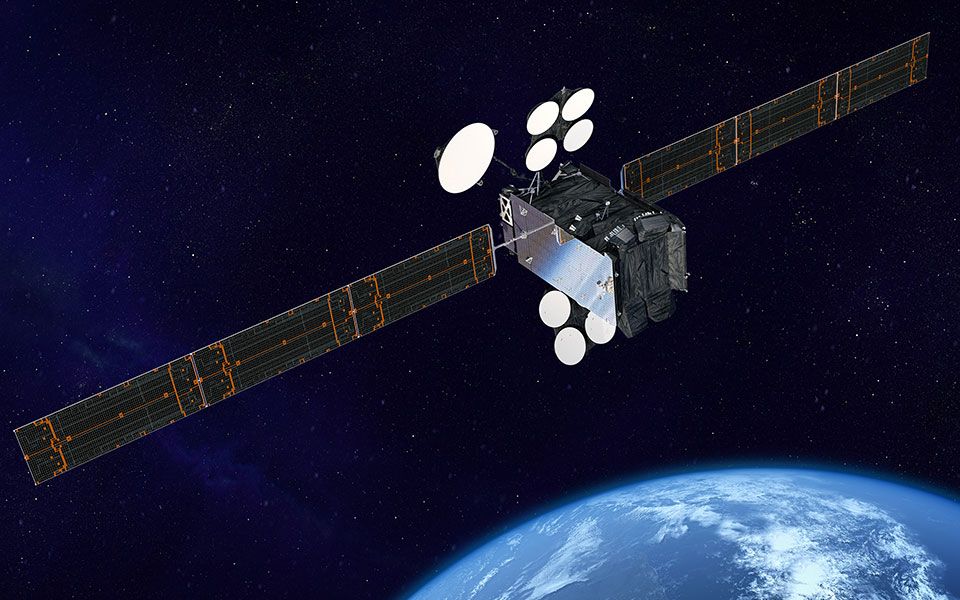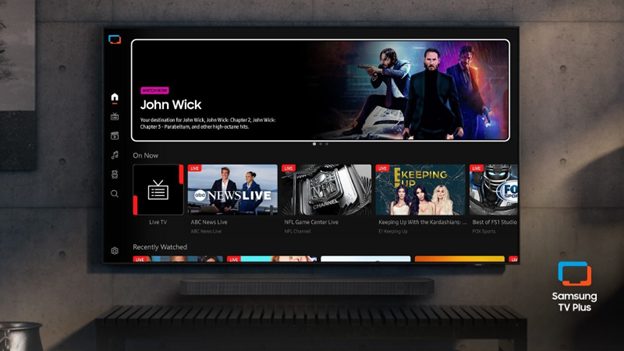
European telecom satellite company SES announced today that it is acquiring rival Intelsat for $3.1 billion. The deal, unanimously approved by both companies’ boards, is expected to be finalized in the second half of 2025, and will be financed by a combination of cash and debt.
The two rivals have been in merger talks in the past—as recently as 2023—but increasing competition from the likes of Elon Musk’s SpaceLink and Amazon’s efforts to launch its own fleet of satellites has upped the ante. Intelsat’s emergence from bankruptcy in 2022 also improved the chance of a merger this time around, according to David Wajsgras, CEO of Intelsat.
“Over the past two years, the Intelsat team has executed a remarkable strategic reset,” Wajsgras said. “We have reversed a 10-year negative trend to return to growth, established a new and game-changing technology roadmap, and focused on productivity and execution to deliver competitive capabilities. The team today is providing our customers with network performance at five 9s and is more dedicated than ever to customer engagement and delivering on our commitments.
SES chief executive Adel Al-Saleh also hailed the announcement, adding, "in a fast-moving and competitive satellite communication industry, this transaction expands our multi-orbit space network, spectrum portfolio, ground infrastructure around the world, go-to-market capabilities, managed service solutions, and financial profile,"
Based in Luxembourg, SES’s media reach in the EMEA region is vast, with its current fleet of 70 birds carrying more than 8,000 TV channels to more than 369 million homes globally—more than 3,000 of those in HD or UHD. Intelsat carries about 6,500 TV and radio channels reaching approximately 2 billion worldwide.
The combined company will have a fleet of more than 100 Geostationary Earth Orbit (GEO) and 26 Medium Earth Orbit (MEO) satellites, giving it enhanced coverage, greater network resiliency, complementary spectrum (C-, Ku-, Ka-, Military Ka-, X-band, and Ultra High Frequency) rights, and improved service delivery, SES said. By end-2026, eight new GEO (including 6 software-defined) satellites and 7 new MEO (O3b mPOWER) satellites are expected to be launched adding further redundancy and additional growth capacity.
For its media customers, SES says the combined company will add more offerings worldwide for pay-TV operators, free-to-air/free-to-view platforms, public and private broadcasters, and sports & events, with improved redundancy features “via a competitive range of broadcast solutions, plus additional value-added services.”
The professional video industry's #1 source for news, trends and product and tech information. Sign up below.
Based on the 2024 financial outlook, the combined company is expected to generate approximately $4 billion in annual revenue (after adjusting for intercompany eliminations) and is expected to deliver low- to mid-single digit average annual growth over the medium-term the companies said, adding that they expect the two companies to invest combined CapEx of just over $1 billion in 2024.
Tom has covered the broadcast technology market for the past 25 years, including three years handling member communications for the National Association of Broadcasters followed by a year as editor of Video Technology News and DTV Business executive newsletters for Phillips Publishing. In 1999 he launched digitalbroadcasting.com for internet B2B portal Verticalnet. He is also a charter member of the CTA's Academy of Digital TV Pioneers. Since 2001, he has been editor-in-chief of TV Tech (www.tvtech.com), the leading source of news and information on broadcast and related media technology and is a frequent contributor and moderator to the brand’s Tech Leadership events.

